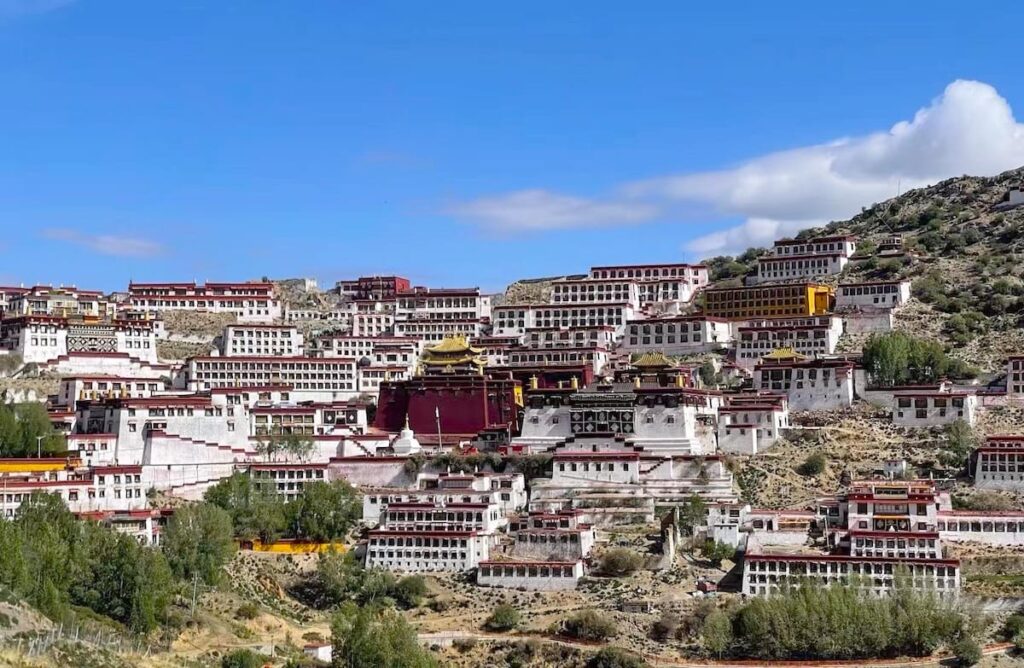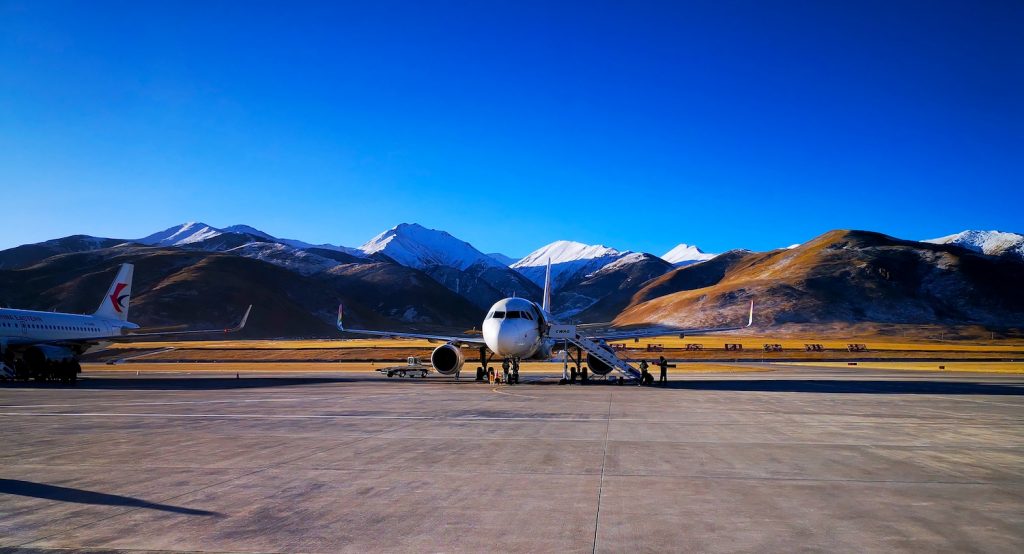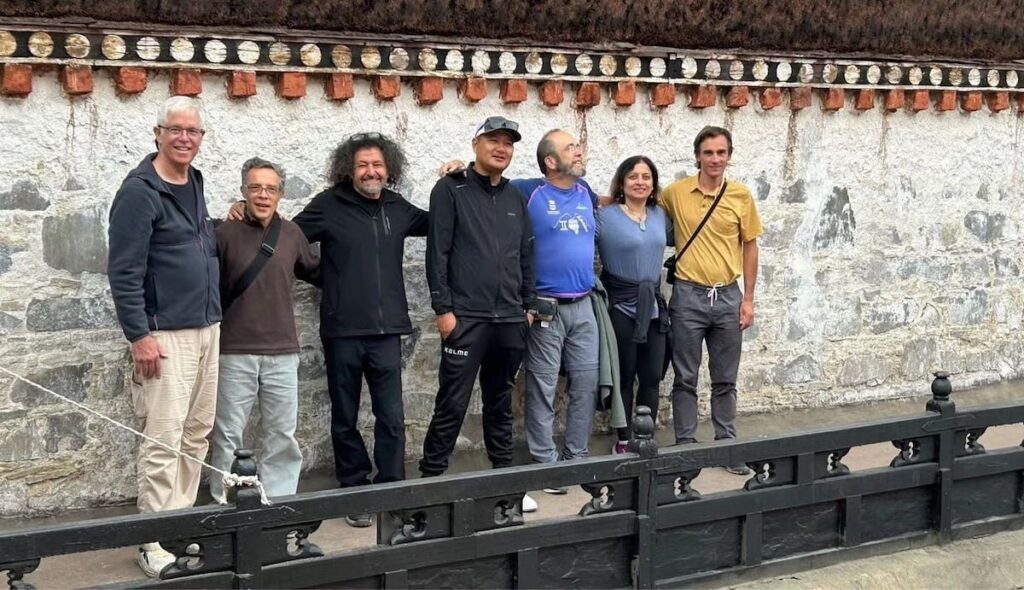+86-15889090408
[email protected]
For years, the mystical land of Tibet—home to majestic Himalayan peaks, ancient Buddhist monasteries, and deeply spiritual traditions—has fascinated travelers around the world. However, one major obstacle often stood in the way of would-be explorers: the complexities of obtaining visas and permits. In 2025, all that is changing.
Thanks to China’s expanded visa-free policy, international travelers now have unprecedented access to mainland China and, by extension, to Tibet. While the Tibet Travel Permit is still required, the elimination of the Chinese visa process for many nationalities makes the journey to the Roof of the World far more accessible.
This comprehensive guide explains the new visa-free travel policy, how it works for foreign tourists planning a Tibet trip, and why this shift is a total game-changer for international travel to one of the world’s most awe-inspiring regions.

In late 2023 and throughout 2024, China introduced a visa-free entry program to promote global tourism and facilitate international travel. As of 2025, the policy is firmly in place and includes a growing list of eligible countries.
Citizens from the following countries can now enter China without a visa for stays of up to 15 days:
• France
• Germany
• Italy
• The Netherlands
• Spain
• Switzerland
• Malaysia
• Singapore
• Thailand
• Ireland
• Hungary
• Austria
• Luxembourg
• Belgium
This policy allows foreign travelers to enter mainland China for tourism, business, or transit without applying for a visa in advance.
Tibet is a special administrative region of China. While the visa-free policy makes entry into China easier, a Tibet Travel Permit is still mandatory for any foreigner visiting the region. However, this streamlined process means you can now:
• Skip the Chinese visa application
• Enter China with just your passport (from an eligible country)
• Apply only for the Tibet Travel Permit, handled by your tour operator
This drastically simplifies the overall travel process. It allows you to spend more time planning your experience and less time dealing with paperwork.
Every foreigner traveling to Tibet must secure a Tibet Travel Permit (TTP), regardless of visa status. This permit is required for flights, trains, or road travel into the region.
📝 How to Apply for a Tibet Travel Permit
1. Book a tour with a licensed Tibetan travel agency
2. Submit a copy of your passport and entry stamp (after arriving in China)
3. The agency applies for your permit from the Tibet Tourism Bureau
4. The permit is issued within 5–7 working days
5. You’ll receive a digital or physical copy (for flights/trains)
Important: You cannot apply for this permit on your own. It must be arranged through an approved local agency, and independent travel is not allowed.

Previously, planning a Tibet tour could take weeks or even months because of visa processing times. Now, travelers can fly into China on short notice, arrange a permit through their travel agency, and start their journey with minimal delay.
This flexibility is especially valuable for:
• Business travelers adding a Tibet trip to their itinerary
• Backpackers traveling through Asia on extended trips
• Pilgrims or spiritual seekers planning a last-minute journey
Skipping the Chinese visa saves both money and time:
• No visa fee (typically $60–$150 depending on country)
• No embassy visits or courier services
• Fewer bureaucratic delays
Now, travelers only need to pay for the Tibet Travel Permit (usually included in tour costs) and focus their budget on experiences instead of paperwork.
The visa-free policy is expected to boost responsible tourism in Tibet:
• More tourists can experience Tibetan culture firsthand
• Local economies benefit from increased visits to monasteries, villages, and handicraft markets
• Tour operators have more opportunities to offer educational and immersive Tibet tours

If you’re excited about this new opportunity, here’s how to plan your Tibet tour under the visa-free system:
Confirm that your passport is from one of the countries listed under China’s visa-free policy. Make sure your passport has at least 6 months’ validity and 2 blank pages.
Fly into a major city like Beijing, Chengdu, Xi’an, or Shanghai. Upon entry, you’ll receive a passport stamp (no visa needed).
Choose a local travel agency that can handle your Tibet Travel Permit and organize your itinerary. Popular options include:
• Lhasa city tours
• Mount Everest Base Camp tours
• Cultural and spiritual pilgrimages
• Short Tibet trips (4–7 days)
Once in China, provide a copy of your passport and entry stamp. The agency will apply for your permit, which usually takes 5–7 working days.
With the permit in hand, board a flight or train to Lhasa, and begin your journey through the highlands of central Asia.

If you’re planning to explore Tibet under the 15-day visa-free window, here are some ideal tour options that fit the timeframe:
• Explore the Potala Palace, Jokhang Temple, and Barkhor Street
• Learn Tibetan Buddhism at Sera and Drepung Monasteries
• Great for first-timers or short-stay travelers
• Visit sacred Yamdrok Lake and Gyantse’s Kumbum Stupa
• Continue to Shigatse, Tibet’s second-largest city
• Return to Lhasa comfortably within one week
• See the north face of Mount Everest in Tibet
• Visit Rongbuk Monastery, the world’s highest temple
• Perfect for trekkers and mountain lovers
• Travel overland to the sacred Mount Kailash
• Complete the Kora (circumambulation) with fellow pilgrims
• Fit for spiritual seekers with moderate fitness
⸻
❓ Can I enter Tibet directly on a visa-free basis?
No. Tibet does not allow direct entry for foreigners without a permit. You must enter mainland China first, then travel to Tibet after obtaining your Tibet Travel Permit through a tour operator.
❓ What if I want to stay longer than 15 days?
If you’re planning a longer Tibet trip, you’ll need to apply for a regular Chinese visa before entering China. The visa-free policy only applies to stays under 15 days for tourism or business.
❓ Can I travel solo in Tibet?
No. All foreigners must join an organized tour, even if it’s a private tour for one person. You must be accompanied by a licensed guide at all times during your stay in Tibet.
❓ Is Tibet safe for travelers?
Yes. Tibet is considered very safe for international tourists. Local Tibetans are hospitable, and tourism is well-regulated. However, you should always respect local customs and religious norms.
⸻
✔️ Book early during peak seasons (May–October) to secure your permit and accommodation.
✔️ Acclimate to the altitude in Lhasa before heading to higher elevations like Shigatse or Everest.
✔️ Pack layers, as temperatures fluctuate greatly, even in summer.
✔️ Bring cash or a UnionPay-compatible card—mobile payments like Alipay/WeChat may require a Chinese bank account.
✔️ Download a VPN before arriving in China if you plan to use Western apps or email.
✔️ Avoid discussing politics—Tibet remains a sensitive region. Focus on cultural and natural experiences.

The new visa-free policy is more than just a convenience—it’s a door-opening moment for global travelers eager to explore the beauty, spirituality, and mystery of Tibet. This is your chance to journey into a world of prayer flags fluttering in mountain winds, golden-roofed monasteries echoing with chants, and Himalayan landscapes that stir the soul.
With easier access, streamlined processes, and new tour options tailored for short stays, travel to Tibet is no longer a distant dream—it’s an achievable reality.
So, if Tibet has long been on your bucket list, 2025 is the time to go. And now, with visa-free travel, nothing is stopping you.
Ready to explore the Roof of the World?
Let me help you choose the best Tibet tour based on your interests, travel window, and budget. Just ask!